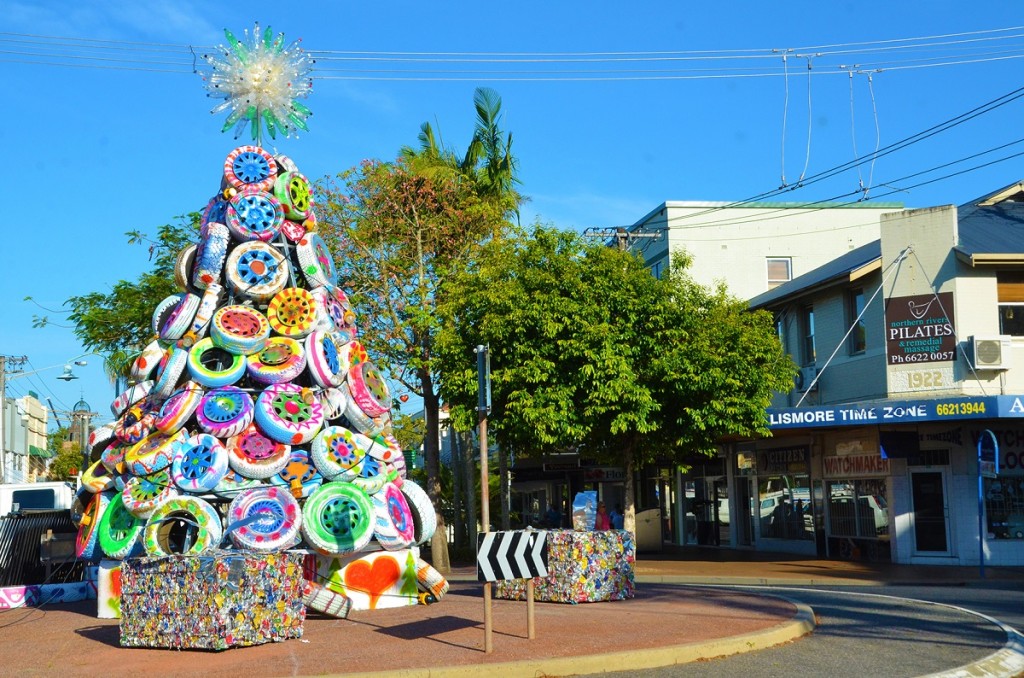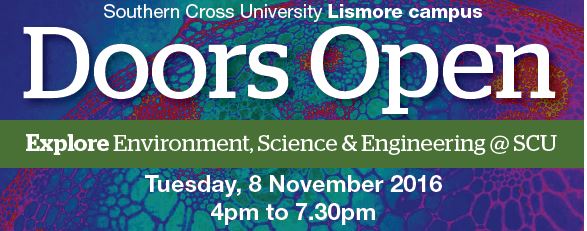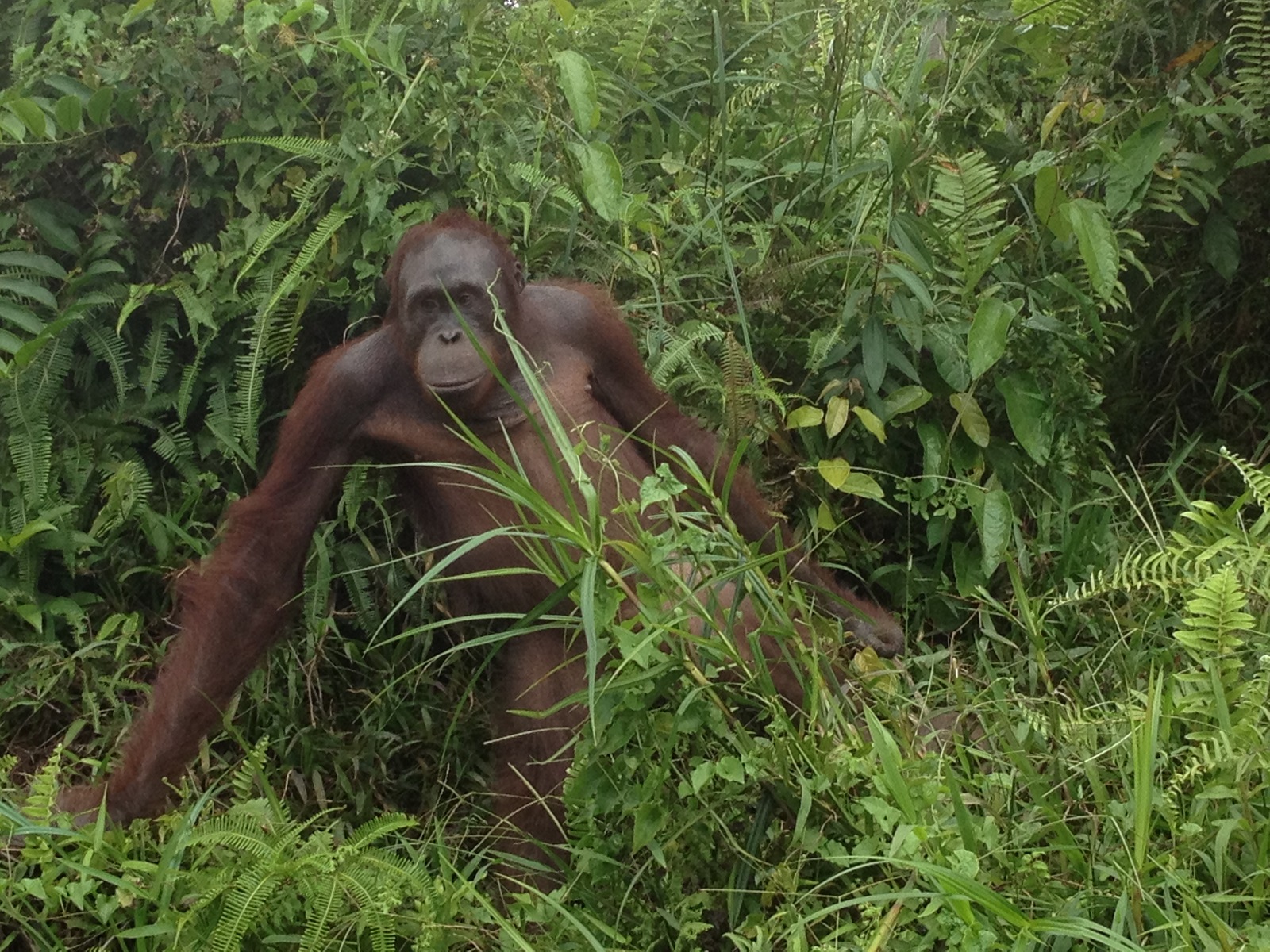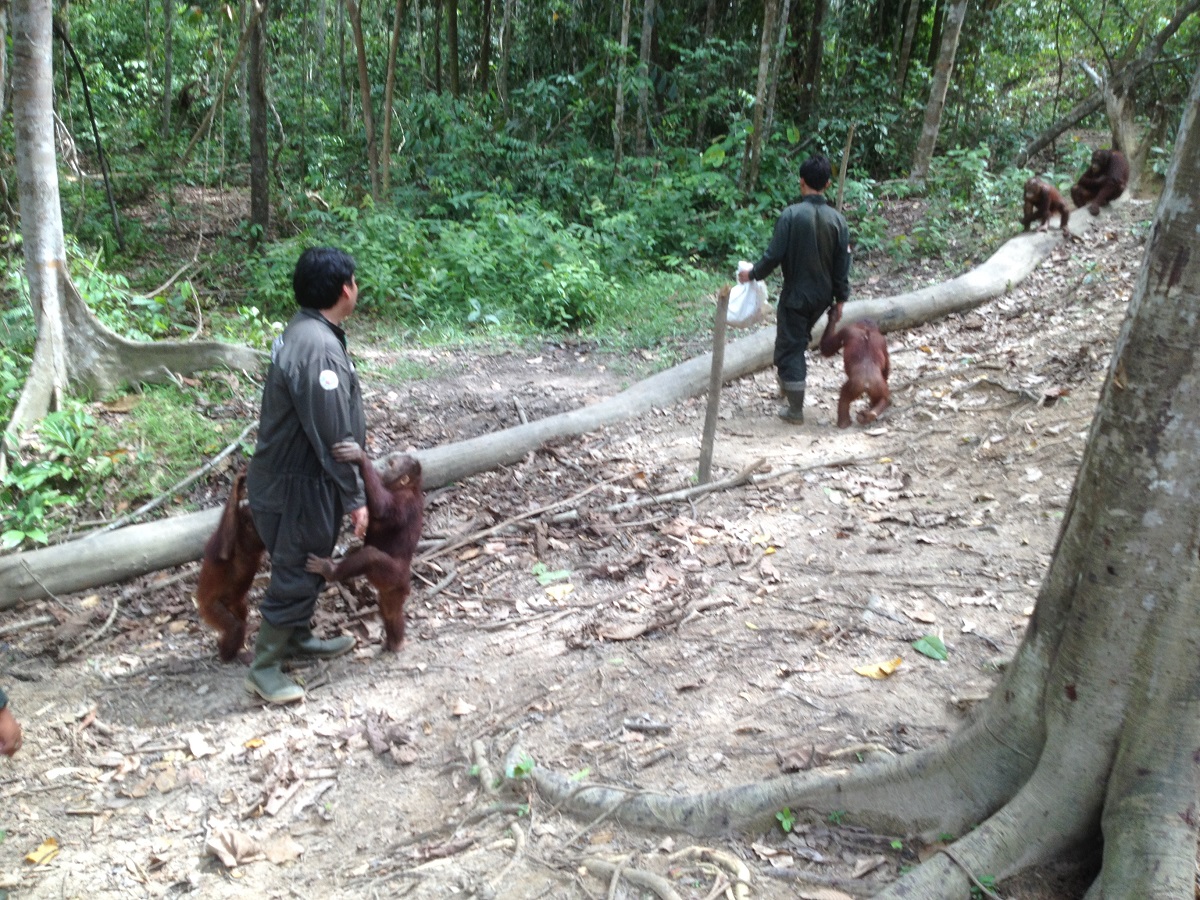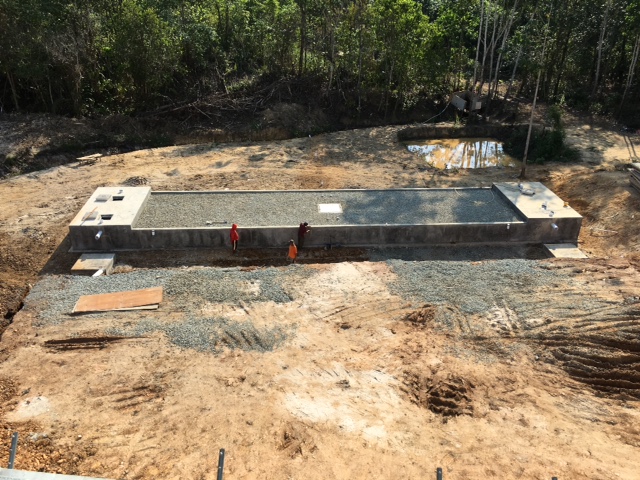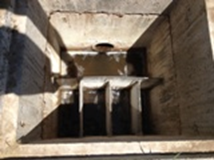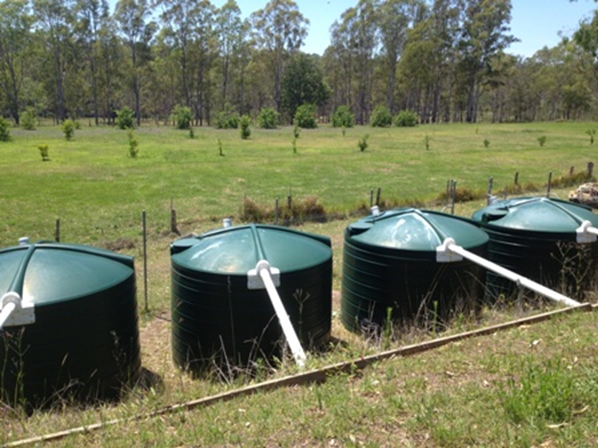Wastewater Management in Non-Sewered Areas: Subdivisions and Rural Developments
Author: Cameron Hill, Environmental Engineer & Wastewater Management Specialist.
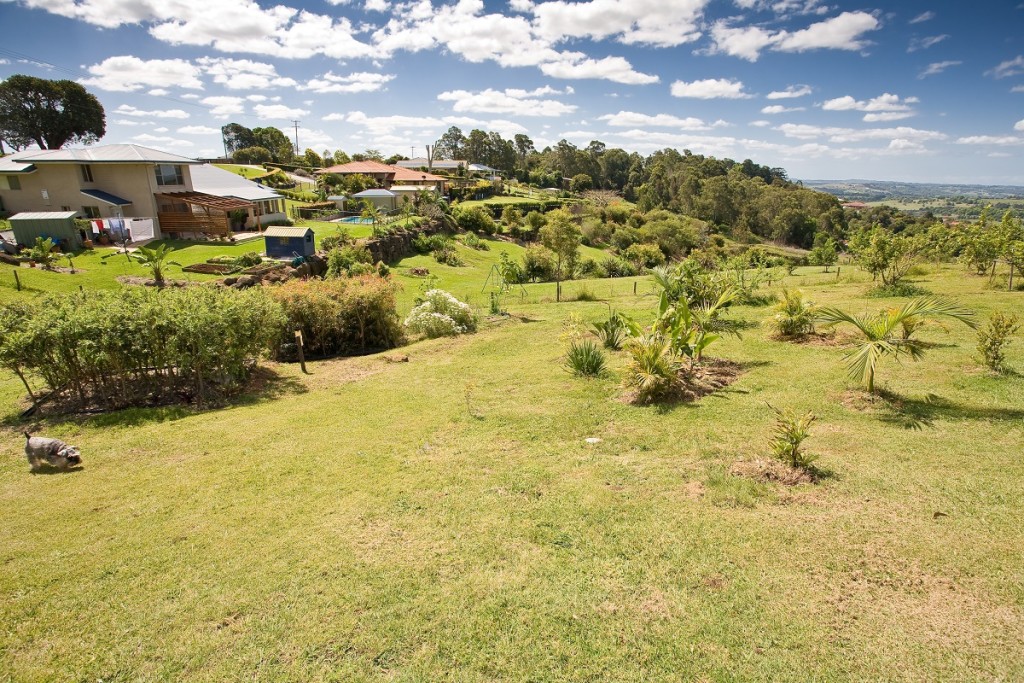
Wastewater generation is something we cannot avoid. Everyone uses fresh water for bathing, drinking and washing, with much of this, now waste-water, going down the drain and into the sewer system for treatment at a municipal Sewage Treatment Plant (STP).
But what if there is no sewer? Where does your wastewater go then?
Many households on rural lots have what are commonly referred to as ‘onsite wastewater management systems’. The most basic of these systems is a septic tank and absorption trenches. The more complex systems include aerated treatment and irrigated systems, powered by electricity.
Onsite Sewage Feasibility Studies
So what are onsite sewage feasibility studies? They are an assessment of a site’s capability to handle wastewater disposal in an environmentally safe way, and help determine density of development and lot size requirements and locations.
Many existing rural communities were developed during a time where feasibility assessments and other planning processes were not considered. This has resulted in excessively small blocks and dense populations trying to dispose effluent in a confined area. As well as space issues, the wastewater is often only treated by a septic tank, resulting in:
- Significant hydraulic overload of soils,
- nutrient export to the environment, and
- health issues from effluent contact due to overland flow of failing disposal systems.
As a Council Planning Tool
A feasibility study helps councils to determine the appropriateness of a development application for a subdivision or multiple occupancy to ensure land use is consistent with the land capabilities. They are one of the planning tools Council’s use to ensure sustainable development in unsewered areas.
Primary considerations that need to be assessed in a feasibility study include:
- Sensitive receptors
- Site & soil characteristics
- Nutrient loading
- Disposal of effluent
Sensitive Receptors
Sensitive receptors refers to anything that can be adversely impacted by the disposal of wastewater. Typical sensitive receptors include permanent watercourses, groundwater, gullies, dams, groundwater extraction bores and contaminated sites. They are sensitive due to effluent either degrading water quality by the introduction of nutrients, degrading water security by contamination with pathogens or allowing the mobilisation of contaminants in the soil.
Sensitive receptors are dealt with during a feasibility study by ensuring adequate separation distances, or stipulating minimum treatment objectives to ensure positive environmental outcomes. Separation distances are typically done in GIS software, which allows the mapping of features and producing buffers around the features of a minimum distance. This gives the area of land in the development where they cannot consider for onsite sewage disposal.
Site & Soil Characteristics
Further to the separation distances, site characteristics are often the next issue which needs to be addressed. With the need to provide a sustainable and low energy approach to wastewater treatment in rural areas, some councils require it to be shown that a gravity disposal system will be able to effectively operate in every lot of the development. This requires assessing the site characteristics for:
- Soil categories in potential land application areas, requiring extraction of boreholes and assessing soil structure, texture, pH and dispersion at a minimum.
- Steep slopes, as gravity disposal is only optimal on slopes that are less than 15% due to the potential for effluent seepage and slumping occurring from constantly saturated soils.
- Need for gravity operation i.e. will the house site allow effluent to be disposed via gravity downslope, without encroaching in buffer areas?
- Shallow soils or depth to water tables, is the soil profile adequate for further polishing and removal of nutrients from disposed effluent?
- Is sufficient area available in each lot to deal with hydraulic and nutrient load to council and guideline standards.
Nutrient Loading
Nutrient loadings are considered next as part of the development. A ‘generic’ household is allocated to each potential lot the developer wishes to produce. Each of these lots will produce a certain amount of wastewater nutrients. Most councils allow an export of some nutrients, with any additional nutrients requiring that the development should be reduced in size, or minimum treatment performance is required for each allotment. The wastewater volumes help to dictate the hydraulic area requirements, i.e. the absolute minimum area the effluent should be disposed over.
Effluent Disposal
Which finally brings us to disposing of the effluent. We have found out the areas where we can’t dispose effluent, we have found what the soils are, how much nutrients we are introducing into the system and estimated wastewater volumes. We now apply nutrient and water balance models to find the average wastewater disposal area for the ‘generic’ household per allotment. This step allows the size of disposal areas to be designed likely locations and reserve areas, and identifies any further treatment requirements or reductions in development size.
Why do we need to consider all of these things?
Basically it comes down to legislation.
- Legislative background
- AS1547
- Australian water recycling guidelines
- Individual council requirements
- Distance to features
- Treatment performances
- Reserve areas
- Mitigating risk
- AS1547 method
- Site constraints – mitigation methods
- Land Application systems – limitations
Project Application
Ecoteam recently conducted an onsite sewage feasibility assessment for a proposed rural landsharing community development in Larnook NSW. There currently exist many multiple occupancy developments in the area.
For this development, a site assessment was conducted and soils, watercourses, slopes and landforms and groundwater were considered for the development. In terms of onsite wastewater management, the site was fairly unconstrained by soil, with most soils around the development consisting of deep silty loam topsoils over sandy clay subsoil horizons.
It was found during the site assessment that many permanent and intermittent watercourses surrounded and crossed the property, fed by gullies and upslope catchments. This required excluding much of the “developable area” due to council considerations to keep development away from these water concentrating areas. This was an initially concerning when undertaking the desktop analysis, but onsite inspections realised that much of these areas were unfit for effluent disposal anyway due to steep slopes and poor soils.
The site assessment also noted the landform and locations of steep slopes. As the property had long, but narrow ridges between watercourses, many of the sideslopes were too steep to be considered for wastewater disposal, further restricting the area available. This resulted in dwelling locations being confined to the long ridgelines.
The constraints identified by the onsite sewage feasibility study could result in a development being disbanded due to decreased profits or over investment. This was not the case for this development. While it was determined that properties would require secondary treatment to meet nutrient export requirements, the total number of dwellings was not restricted below what was allowable.
The report prepared for council summarised the critical information for their consideration, and were submitted along with many other planning reports of: bushfire assessment, preliminary contaminated land assessments, preliminary flora and fauna surveys, preliminary surveying plans and designs and town planning applications.
Summary
The feasibility of wastewater treatment on rural lots in the Northern Rivers of NSW in closely controlled by Councils to protect environmental and human health. The feasibility of on-site sewage management needs to be considered early on in the planning process, alongside other site characteristics like bushfire risk, contaminated soils and presence of protected flora and fauna species. Options for on site sewage disposal systems include the EcoCell Septic System and aerated water treatment systems like the Krystel Kleer.
If you would like more information about on-site sewage feasibility assessments, please call our office on (02) 6621 5123 and we will be happy to help.

